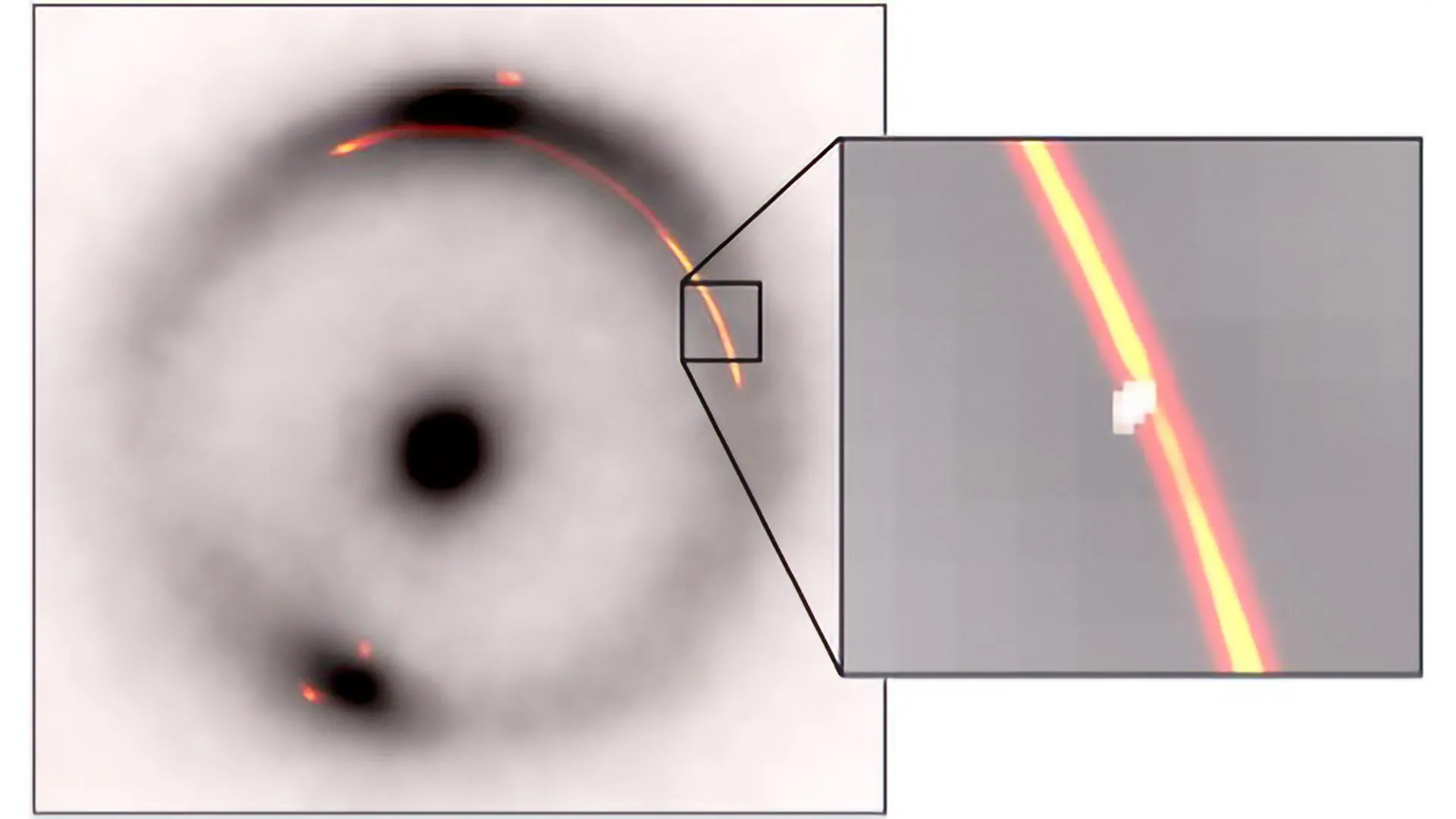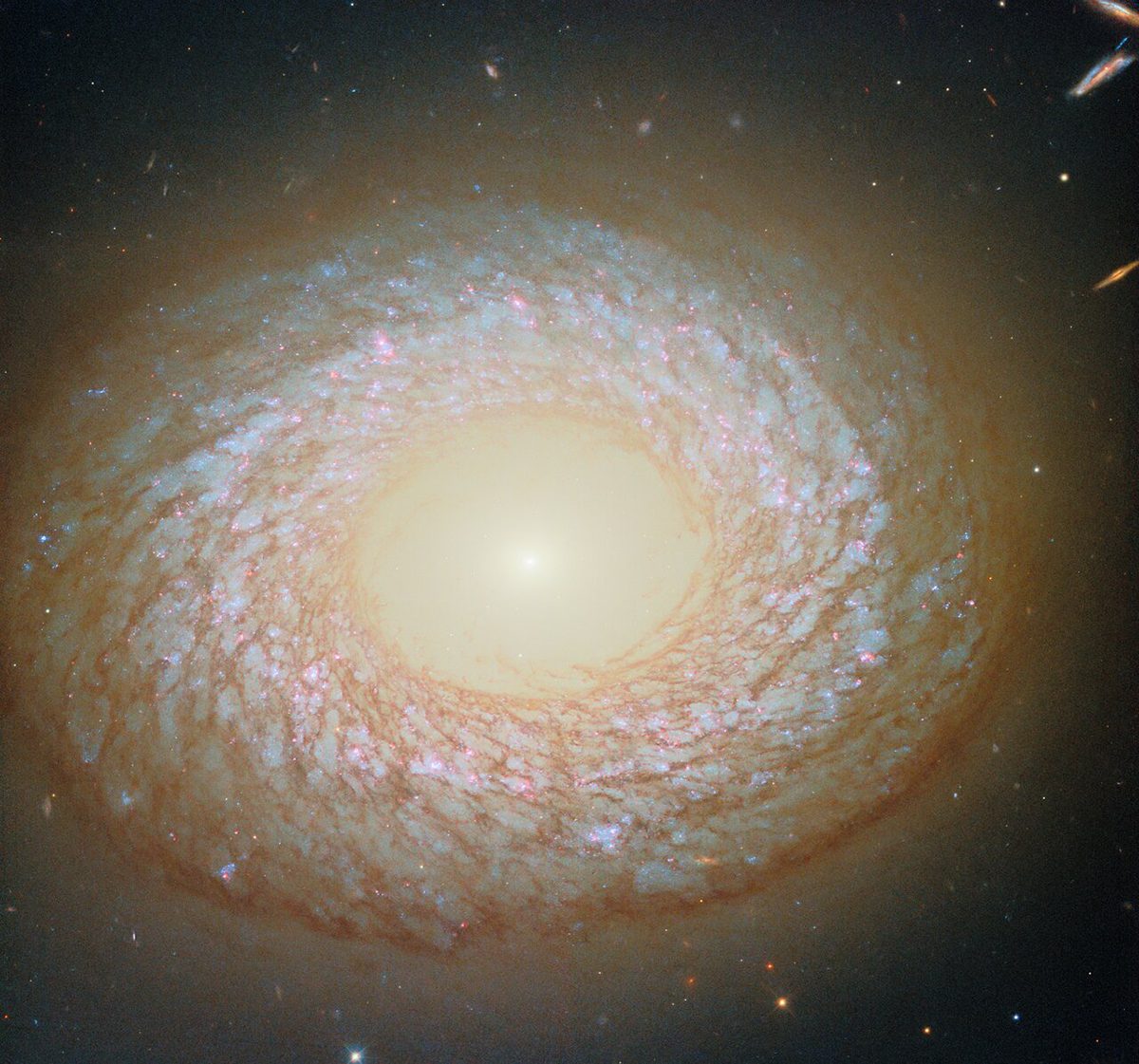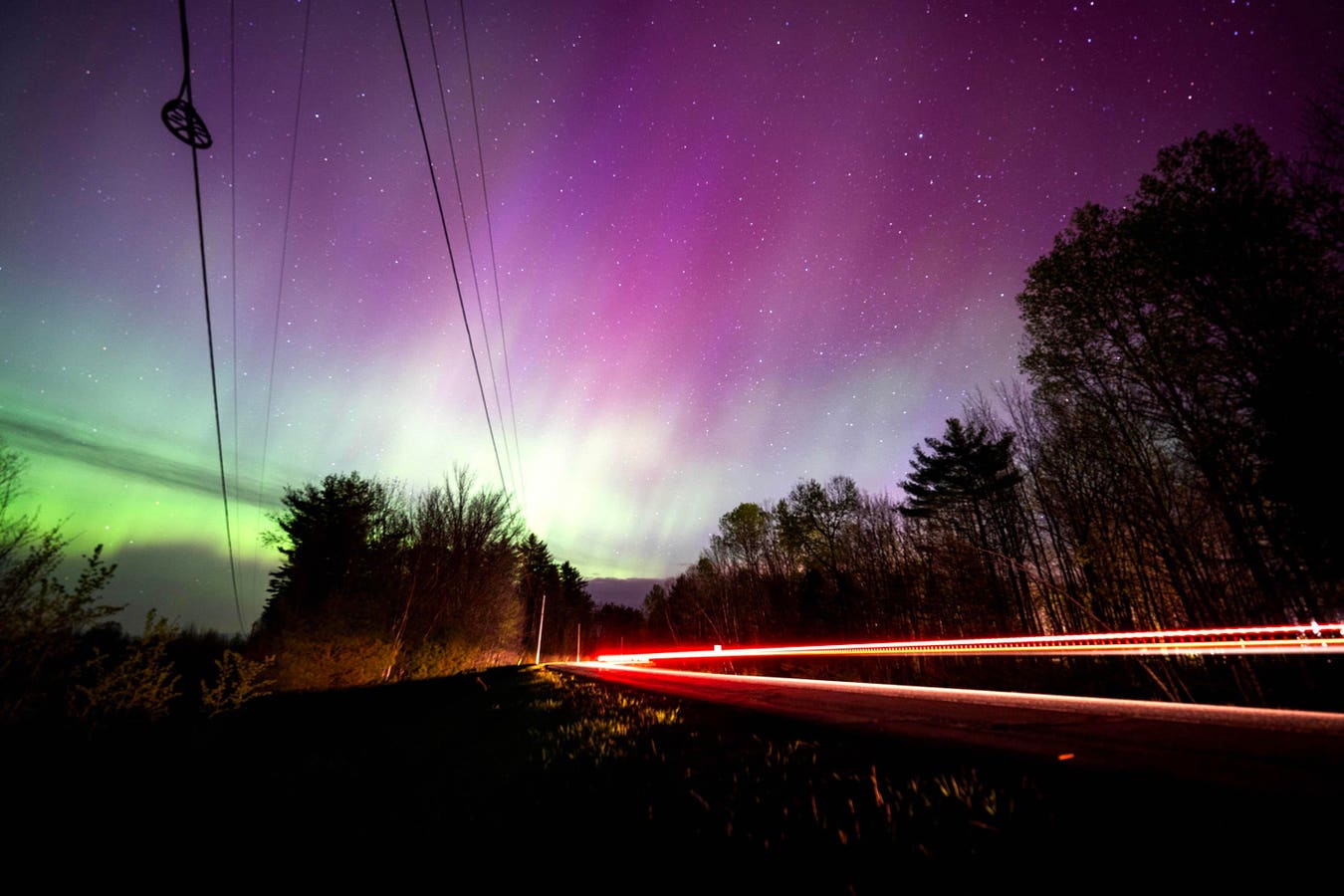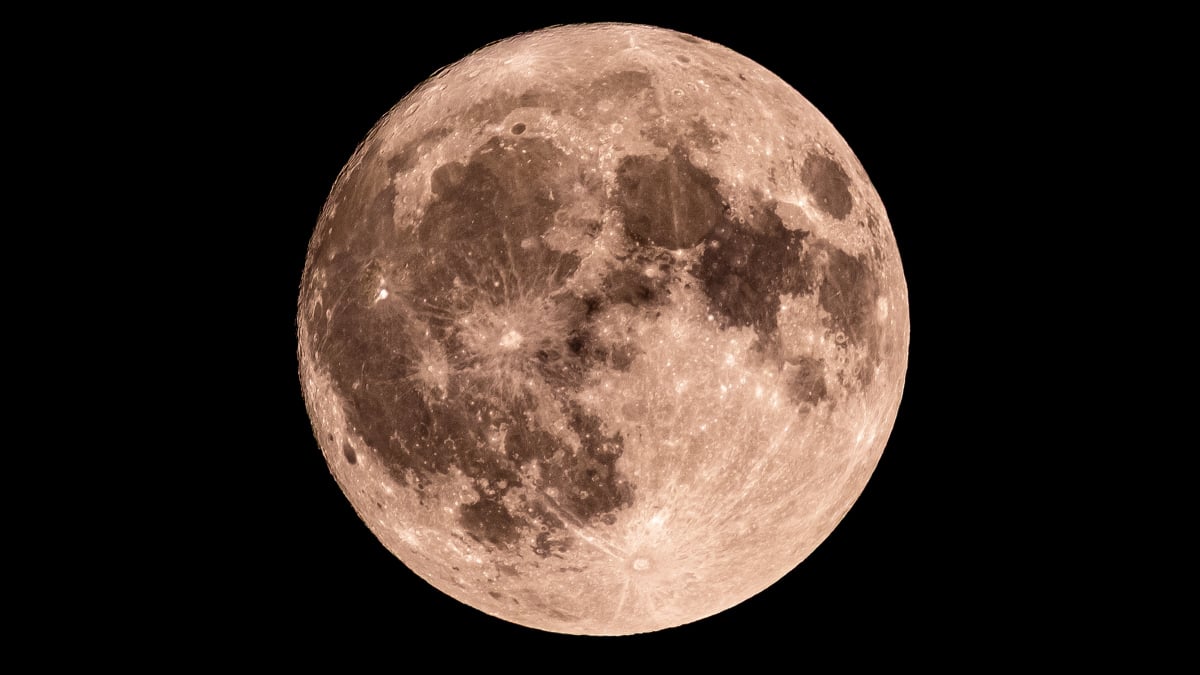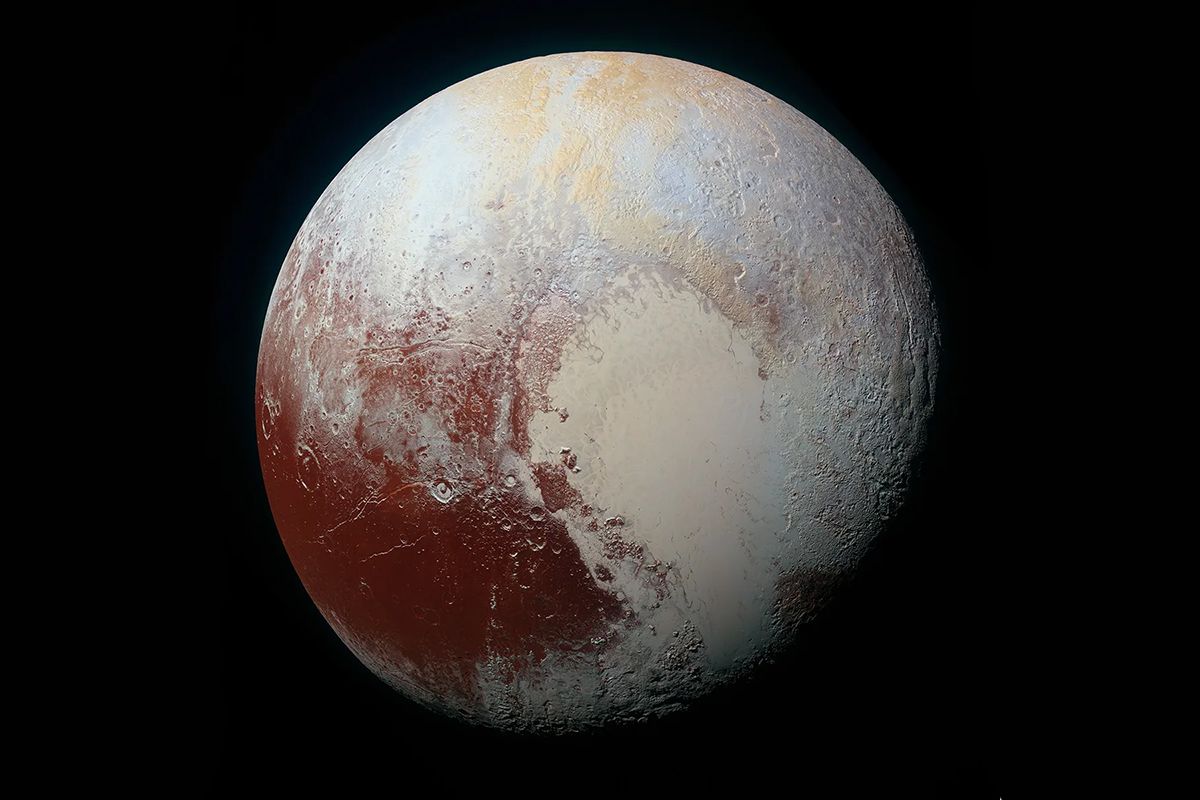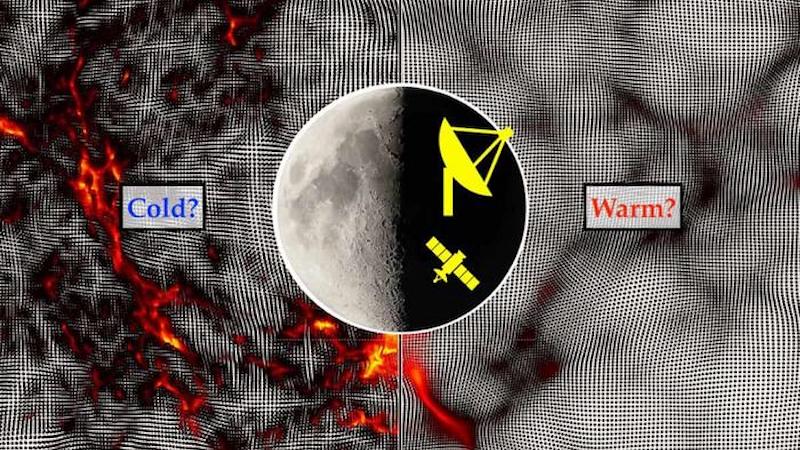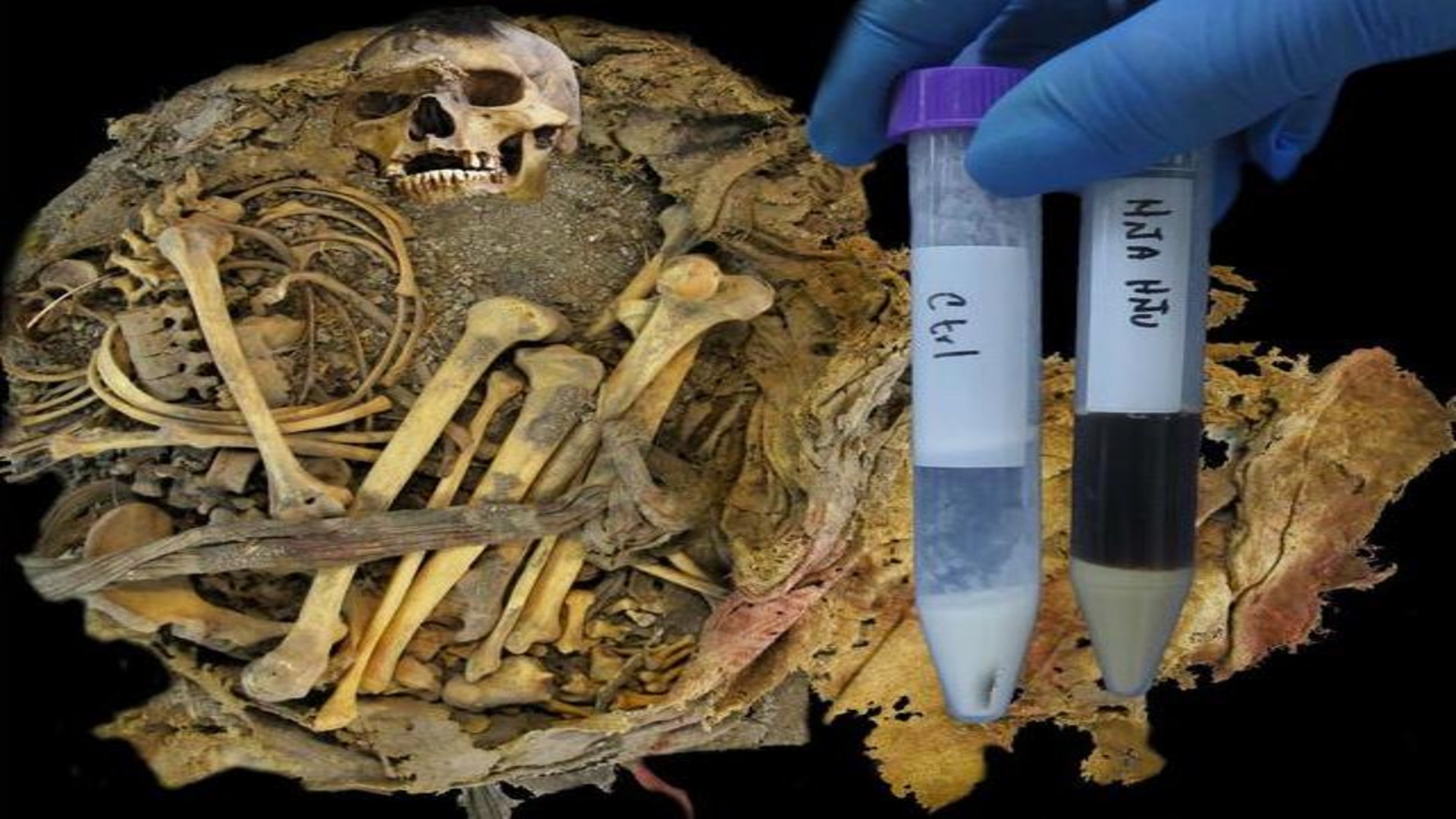Astronomers have used a worldwide array of telescopes to spot the smallest dark object ever identified in the universe. Discovering more of these faint, hidden masses and understanding what they are could help eliminate certain explanations for…
It’s the moon’s last night in Waning Gibbous before we’re at a half moon. There’s less and less visible each night, but keep reading to see what you can see tonight, Oct. 12.
